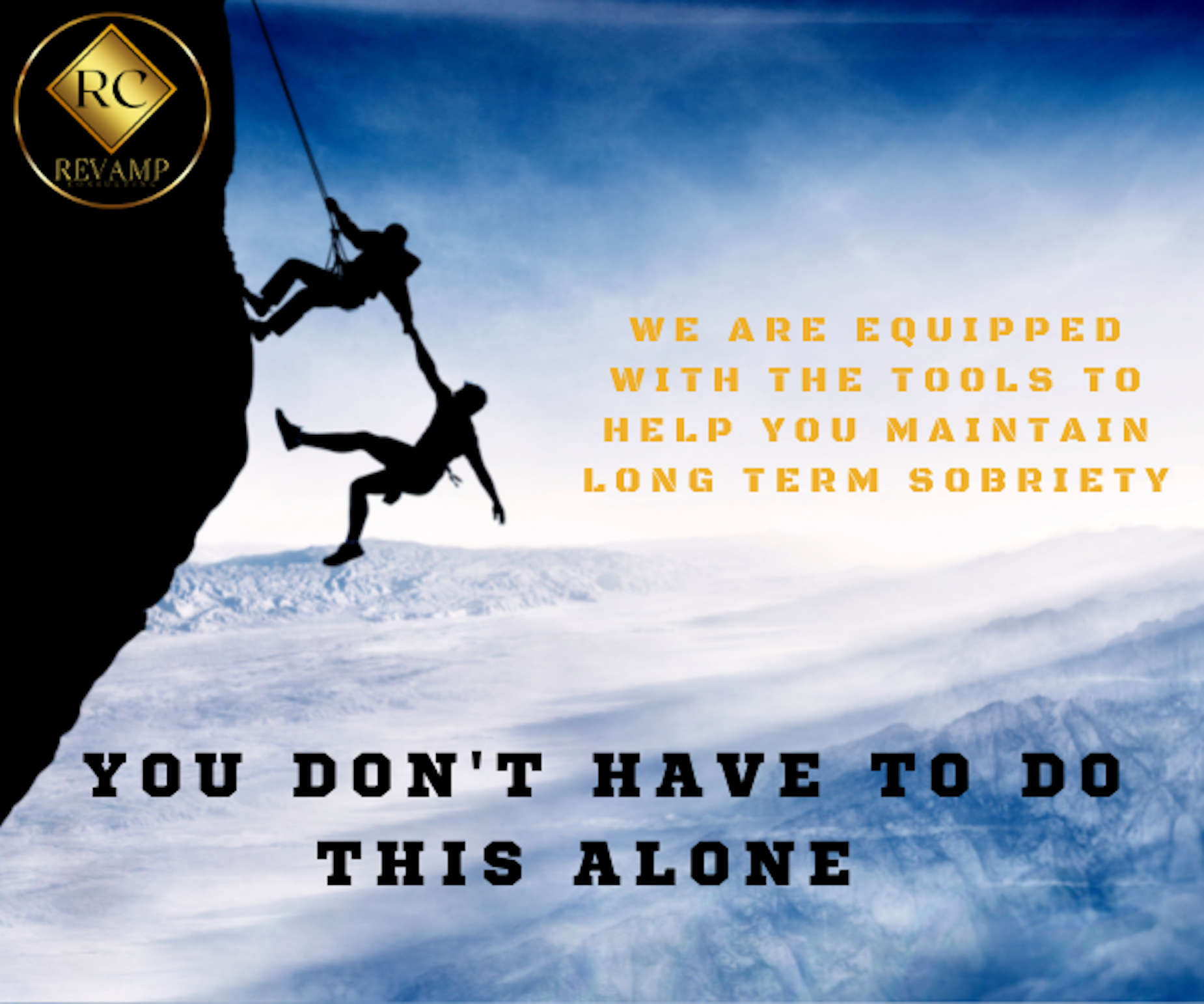

Services
- Check list/Calendar
- Daily/Weekly/Monthly plan
- Peer Support
- Encouragement
- Accountability
- Lifestyle Allies
- Exercise
- Nutrition
- Mindfulness
- Fun in sobriety
- Morning Check In
- Evening Review
- Education
- Service work
- Worksheets
- Assignments
- Court advocacy
- Etc.
30, 60, and 90 days are tremendous accomplishments, especially since getting a few days used to seem impossible. During those first few months of sobriety, people tend to start feeling good and get many things back. It is a fantastic feeling, and it doesn’t feel like a relapse is possible. Addiction is waiting for that; addiction is waiting for its victims to feel happy and confident they have it under control so it can strike. Through experience, we have seen too many people go in and out of treatment programs with little success in staying sober. People can maintain 90 days of sobriety in sober living, residential, intensive outpatient, or even outpatient programs. Still, once they are out of treatment and enter the real world, their addiction creeps back in, and eventually, they end up going out. The lucky ones return to treatment, but too many don’t. We want to break that cycle! We know that recovering from addiction can not be done alone. We also understand that not everyone will get sober the same way or within the same groups. However, something needs to change. Treatment programs work so well because there is a forced change in lifestyle during treatment. They provide accountability, structure, a safe place, peer support, and addiction education. Treatment is excellent and gives a lot of people the opportunity they need to have a happy, sober life. The question is, what do people do once they leave treatment? Several options are available, including 12-step programs, Celebrate Recovery, Refuge Recovery, and Smart Recovery. These programs may not work for everyone. For example, only 8% of those who enter Alcoholics Anonymous maintain long-term sobriety [1]. There are those who return to the environment where addiction once flourished, restarting the vicious cycle shortly after that. There is a difference between not drinking and being sober. To be sober, the willingness for growth must be constant. We are here to fill the missing piece: maintaining long-term sobriety after intensive treatment is complete. We help people REVAMP their lifestyle with the tools provided during their time in treatment. We provide peer support, accountability, and encouragement. We are not here to tell you what to do or how to do it. We simply give you the support and resources that will allow you to build your craft of sobriety to be successful long-term. Sobriety can be fun and help fulfill a meaningful life. We want to help people enjoy their sober life.
30, 60, and 90 days are tremendous accomplishments, especially since getting a few days used to seem impossible. During those first few months of sobriety, people tend to start feeling good and get many things back. It is a fantastic feeling, and it doesn’t feel like a relapse is possible. Addiction is waiting for that; addiction is waiting for its victims to feel happy and confident they have it under control so it can strike. Through experience, we have seen too many people go in and out of treatment programs with little success in staying sober. People can maintain 90 days of sobriety in sober living, residential, intensive outpatient, or even outpatient programs. Still, once they are out of treatment and enter the real world, their addiction creeps back in, and eventually, they end up going out. The lucky ones return to treatment, but too many don’t. We want to break that cycle! We know that recovering from addiction can not be done alone. We also understand that not everyone will get sober the same way or within the same groups. However, something needs to change. Treatment programs work so well because there is a forced change in lifestyle during treatment. They provide accountability, structure, a safe place, peer support, and addiction education. Treatment is excellent and gives a lot of people the opportunity they need to have a happy, sober life. The question is, what do people do once they leave treatment? Several options are available, including 12-step programs, Celebrate Recovery, Refuge Recovery, and Smart Recovery. These programs may not work for everyone. For example, only 8% of those who enter Alcoholics Anonymous maintain long-term sobriety [1]. There are those who return to the environment where addiction once flourished, restarting the vicious cycle shortly after that. There is a difference between not drinking and being sober. To be sober, the willingness for growth must be constant. We are here to fill the missing piece: maintaining long-term sobriety after intensive treatment is complete. We help people REVAMP their lifestyle with the tools provided during their time in treatment. We provide peer support, accountability, and encouragement. We are not here to tell you what to do or how to do it. We simply give you the support and resources that will allow you to build your craft of sobriety to be successful long-term. Sobriety can be fun and help fulfill a meaningful life. We want to help people enjoy their sober life.
